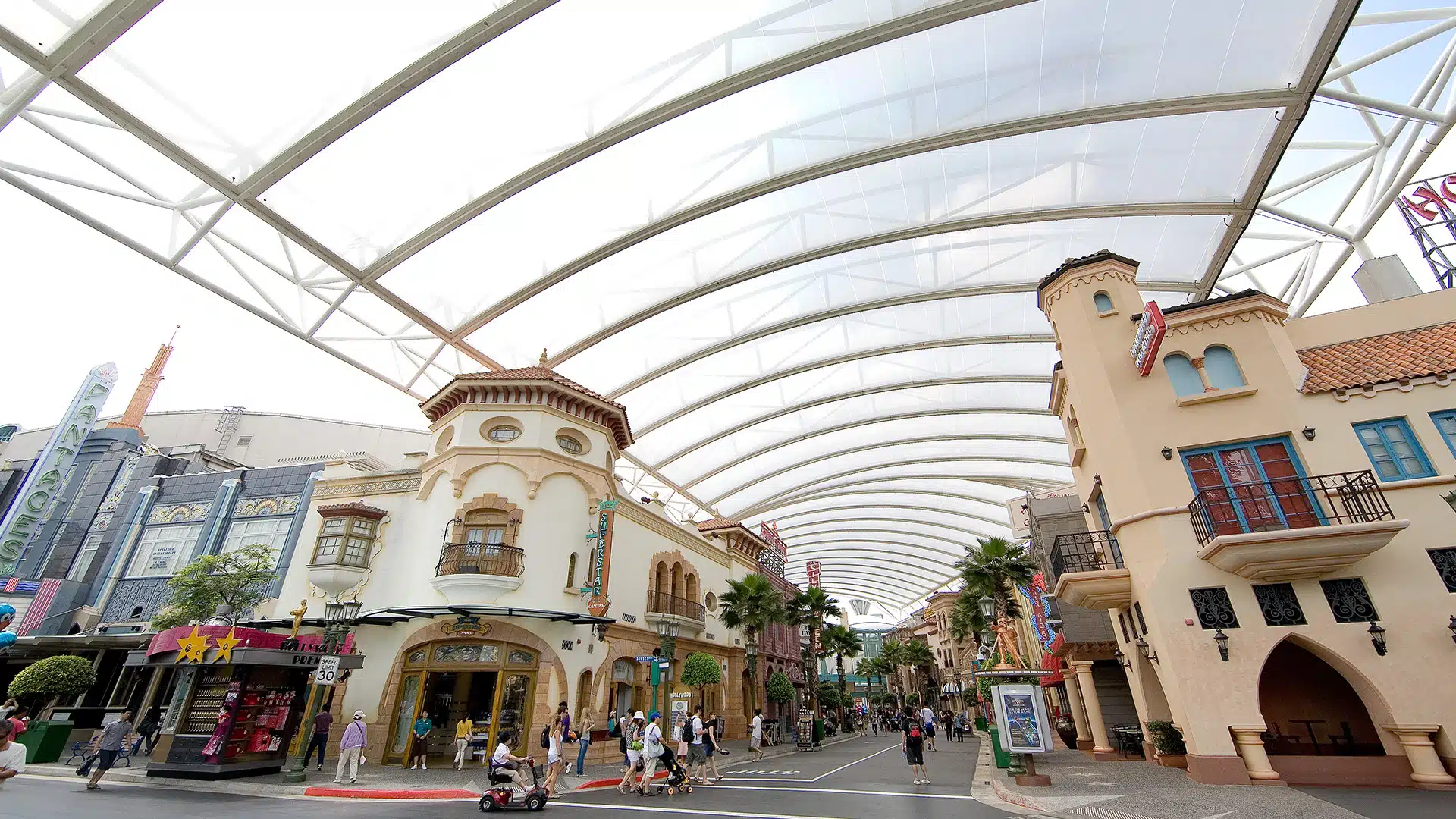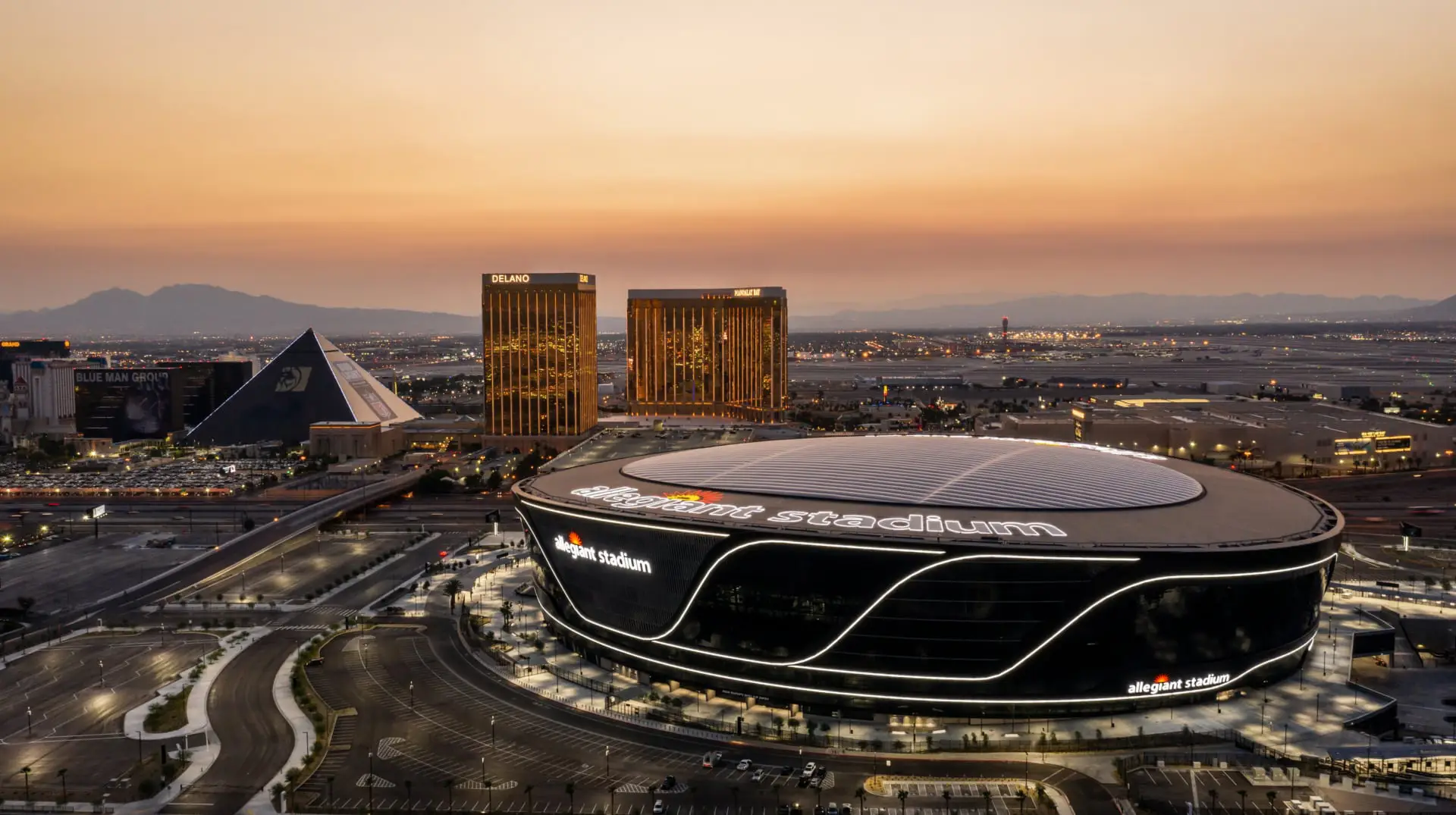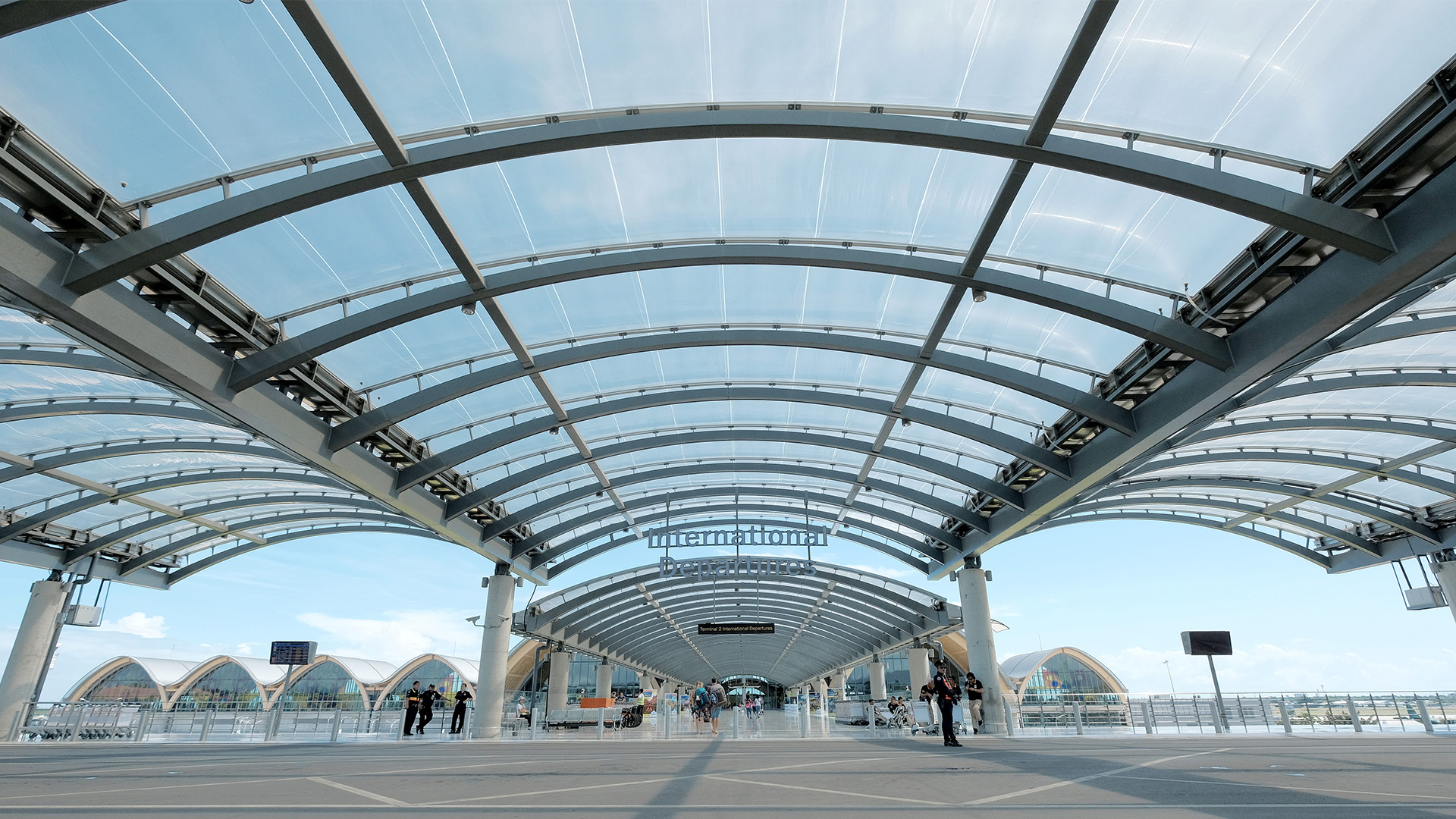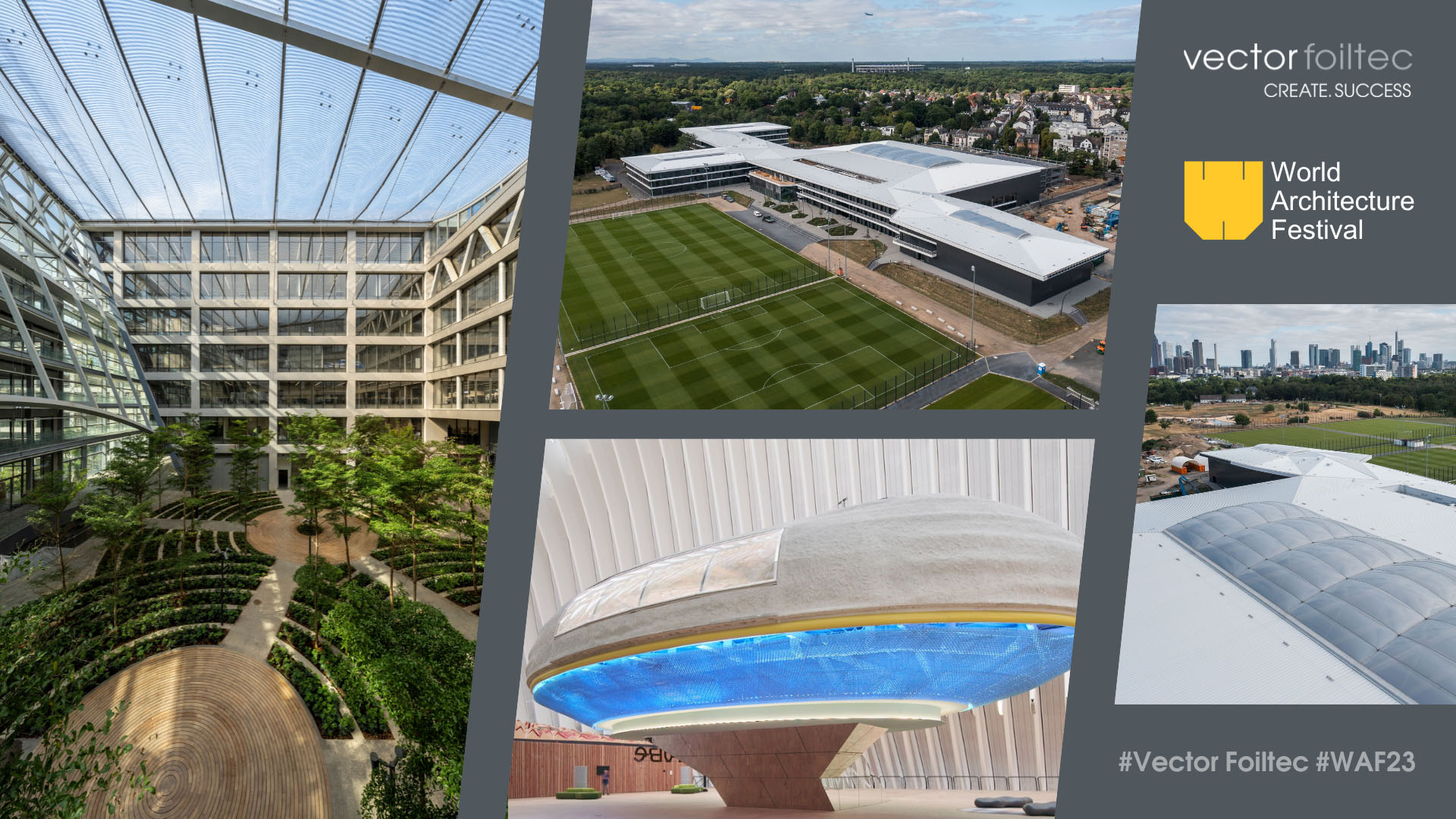Do ETFE Systems Work in Extreme Climates?
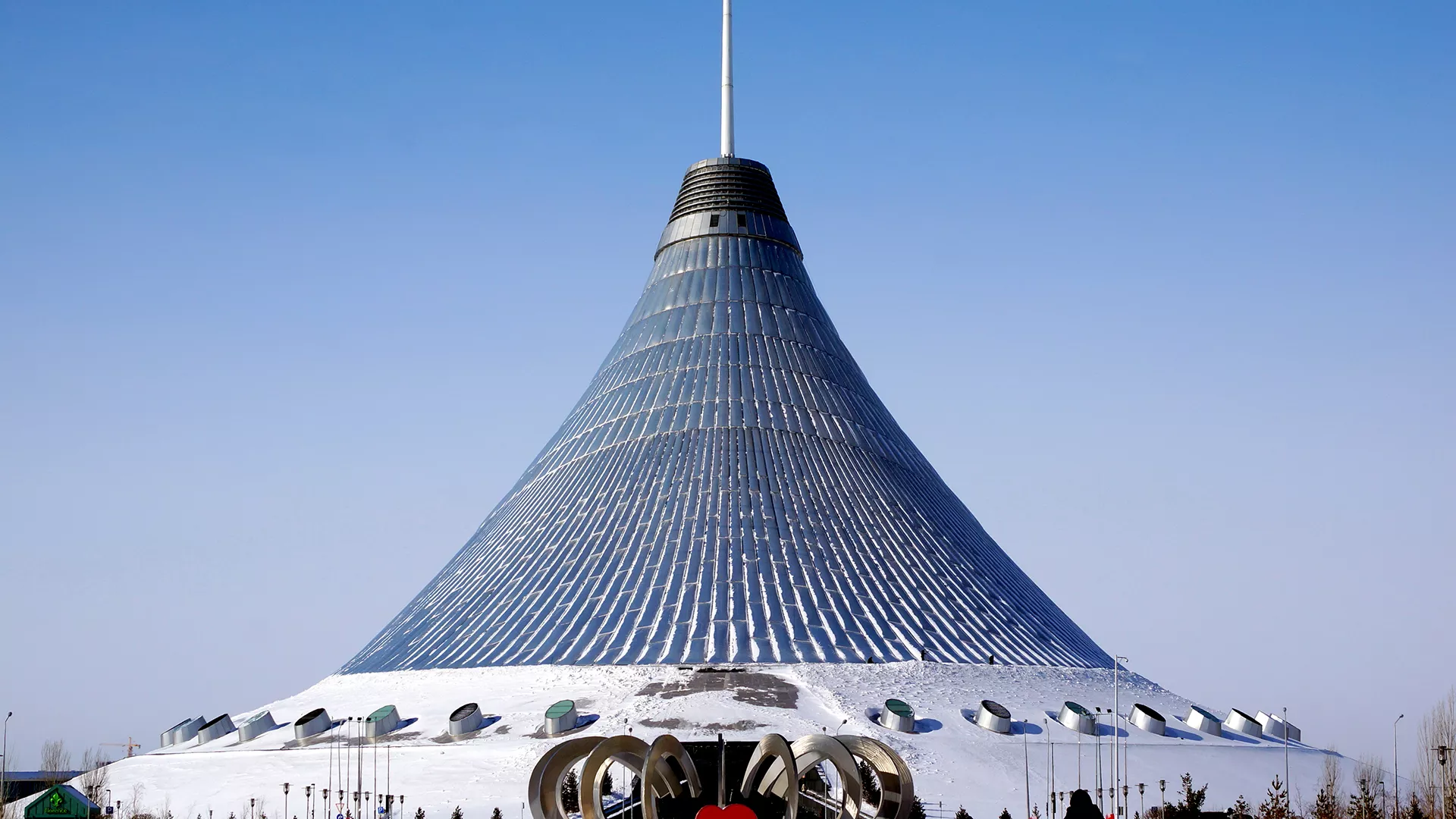
The Short Answer is ‘Yes.’ With the Help of Two Main Factors!
written by Peter Key, Sales Director Middle East
Before we explain the two factors in detail, let’s take a look at a project where both factors are combined perfectly: The Khan Shatyr Entertainment Centre in Nur-Sultan, Kazakhstan. This complex is situated in an austere landscape in a harsh climate of extreme weather and temperature conditions that range between +/- 40 degrees Celsius (-40 / + 104 degrees Fahrenheit). In fact, the lowest temperature recorded in Nur-Sultan was -51.6 degrees Celsius (-61 degree Fahrenheit). So far, we have built more than 1,500 projects in over 100 countries and this is the highest temperature range we had to cover.
Khan Shatyr (a Norman Foster project) is enclosed within a conical form biaxial cable net structure, clad with three-layered Texlon® ETFE cushions and includes 100,000 m2 of retail, restaurants and entertainment space. This combined with stepped planted roofs creates an urban-scale tropical park replete with boating lakes and rivers.
1. Control of Solar Gain
The first factor is the control of solar gain. The Texlon® ETFE system can apply an advanced printing technology to the inner surface of the uppermost layer, for solar control to filter and reflect the sun rays. Similar to glazing systems where surface treatments can be applied; such as tinting or metallic coatings, these can control the Solar Heat Gain Coefficient (SHGC) or commonly known as the “g-value”. We are able to manipulate the g-value in the range of 0.8 - 0.15.
A variety of printing options are available depending on the solar control required. Some of these options include variation of coverage and density of the ink and pattern (frit) applied to the ETFE surface.
ETFE applications in hotter climates, such as the Middle East, generally require greater coverage of fritting over the surface; however it does not affect the internal natural light experience within the covered space.
2. Thermal Transmittance
The second factor is the thermal transmittance. Texlon® ETFE incorporates several layers of foil to enhance the thermal transmittance or “u-value”. The ‘u-value’ is the rate of transfer of heat through a structure, divided by the difference in temperature across the structure. The lower the value equates to better insulation properties of the system.
Again similar to a glazing system that can incorporate double or even triple glazing, we use layers of foil and can create values up to 1.0 W/(m²K). Typically two or three layers are used to form the ETFE cushion. Although on occasion, four layers or more are used in colder climates to further enhance the insulation properties.
ETFE provides the necessary internal comfort level within a specific environment through the factors “Control of Solar Gain” and “Thermal Transmittance”.
The Texlon® ETFE system reduces heat gain in hot summers and keeps the cold out during winter. This brings to mind Frei Otto’s preoccupation with creating a paradisiacal environment in extreme climates. Therefore Texlon® ETFE creates a ‘world within’ that offers both a microclimate and a lush landscape.
